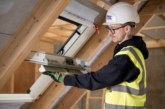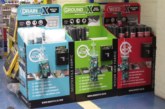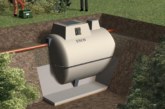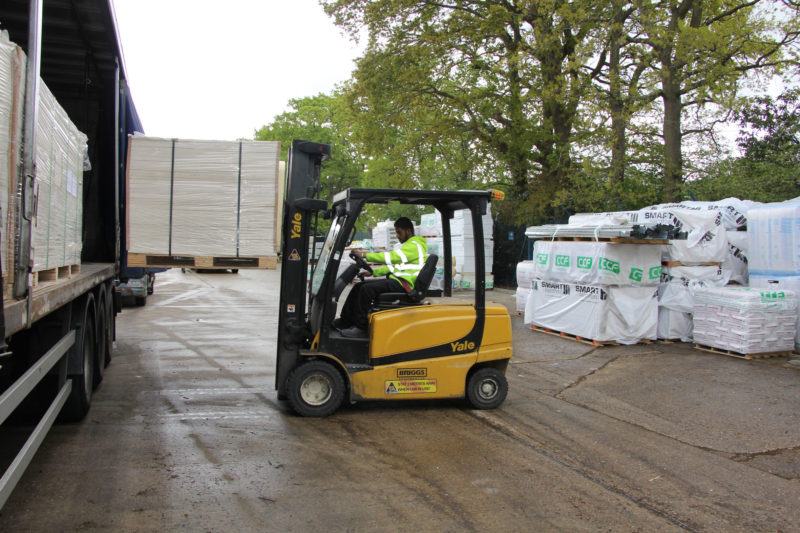
The market for magnesium oxide boards is experiencing ‘significant growth’ across the world as an alternative to gypsum-based drywall, cementitious boards and plywood. PBM speaks with Magply’s Gordon Pirret to discuss how merchants can capitalise.
Magnesium oxide, commonly known as magnesia, has a long history as a construction material. Indeed, magnesia cement has been identified in the Great Wall of China along with many other ancient landmarks. Its use has continued throughout the centuries, with the base of New York City’s Brooklyn Bridge and the pedestal of the Statue of Liberty made from locally-mined ‘Rosendale Natural Cement’ — a mixture of calcium oxide and magnesia cement.
For a number of reasons, the market for magnesium oxide boards is now enjoying a resurgence. As detailed in the report, ‘Magnesium Oxide Board Market – Global Industry Analysis, Size, Share, Growth, Trends and Forecast 2018 – 2026’ from Transparency Market Research, the boards are described as being environmentally-friendly and produced without large amounts of fossil fuels or releasing substantial amounts of carbon dioxide into the atmosphere.
Proponents suggest that they offer a number of additional advantages over traditional alternatives, with the mineral composition of the boards ensuring strength, durability and — perhaps most significantly — greater fire resistance.
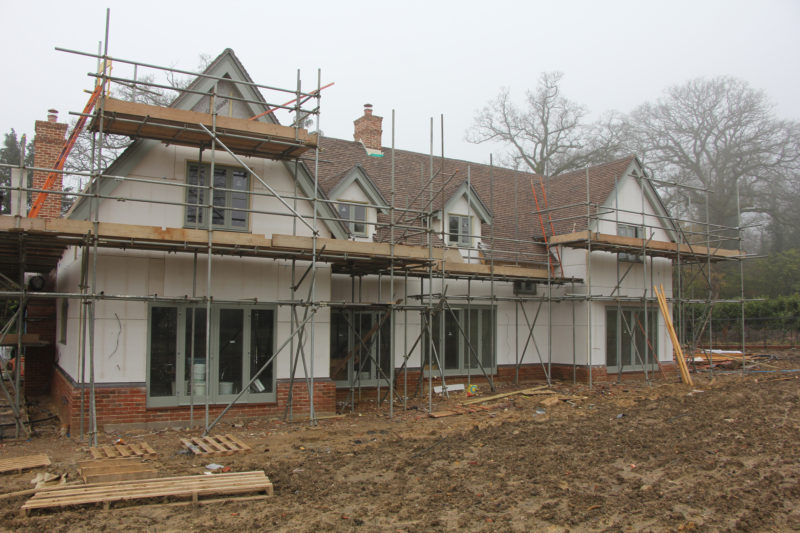
Manufactured from naturally occurring materials which are combined with alkaline-resistant glass fibres for strength and integrity, the Magply boards are non-combustible and have a fire classification of EN-13501 Euroclass A1 which means they can be used as a passive fire protection panel for timber frame, steel frame, rainscreen cladding, SIP panels, spandrel panels and modular build.
The production process ensures a low chloride content, enhancing both stability and durability, whilst the products are also said to boast superior resistance to frost, moisture and mould, along with some sound insulation. Available in 9 and 12mm, the boards are described as easy to cut and fix for use as a high performance dry lining panel, and have also been tested for use with a variety of render systems to form the external façades of domestic and commercial properties which utilise hybrid frame structures.
Magply is a brand of IPP Building Products, a firm which describes itself as offering a range of “innovative, sustainable and environmentally-friendly products for the construction industry” such as Alumaflex thermal multi-foil insulation and Black Mountain Natural Insulation. The company’s director Gordon Pirret boasts a long track record in the industry and asserts that Magply plugs a gap in the market for a high-performance, multi-purpose product that performs “better than gypsum plasterboard.”
Fire performance, explains Gordon, has become especially important. He said: “The Grenfell Tower tragedy has really caused a shift in thinking — people are ultra-cautious and almost want accreditation for every application. And it’s not just architects and specifiers — contractors are also asking the same questions. Fire testing an ongoing process, and whilst other types of fire protection board are available, they are more expensive.”
The Magply boards are manufactured in China — home of some of the largest deposits of magnesium oxide in the world — and undergo a rigorous quality control process before shipping. Once imported, the company holds “significant stocks” on the ground in the UK and works with leading distributors such as Meyers and Tekfloor to service the market.
Having focused on the timber frame industry in its earlier years, Gordon explains that the merchant sector is Magply’s key focus for growth. “Ours is a true multi-purpose board that offers a breadth of solutions — for dry lining, roofing, as a tilebacker, a substrate for render — in a host of applications from caravans to major projects. The boards are available in different thicknesses, and we do offer a cutting service so they can be sold to precise order specifications, but the beauty is it is really only ‘one board’. It keeps things simple, and this helps stockists too.”
Gordon says that Magply has a “big force” out on the road to support merchants, actively undertaking demonstration days in branches whilst a range of marketing materials are available including brochures, technical literature and product samples. The company works with a number of national chains and is a listed supplier to Fortis — members such as Haldane Fisher, MP Moran, Norman Piette and Elliotts (see panel) all list details of projects or demo days on social media.
The brand is actively looking to develop additional relationships within the sector, taking on new stockists, and does partner with independents outside of the groups.
Magply still works within the ‘off-site’ sector, but Gordon argues this is very much an area of opportunity for proactive merchants. He said: “Modular is a real area of evolution, especially when you factor in some of the speed and efficiency advantages of things like light grade steel frame construction. Merchants were being asked to supply ‘bits’ for such projects — and the smart ones ask the questions and enquire as to what else they could be doing…”
An exclusive residential development in Hambledon, Surrey is making use of 12mm Magply boards — supplied by Elliotts — as the carrier for a proprietary sprayed render system as one of the main exterior finishes to a highly insulated structure, based on the use of Structural Insulated Panels (SIPS).
The project is being undertaken by Hawksmoor Homes and the stylish three and four bedroom, two-storey properties present a traditional outward appearance, with clay roof tiles above the elevations of handmade bricks and highly weatherproof K-Rend finish.
Simon, the site foreman for Fullers Plastering, commented: “Our company covers a range of project types right along the South Coast and up across London and we have employed a variety of carrier boards in the past. This is the second time I have used Magply, Fullers having made the switch because it is an easier board to cut and fix, while it also takes the HP12 base coat very well.”
Despite offering good adhesion for the decorative render system, Magply boards are very moisture resistant thanks to their modified MgO formulation that also represents an environmentally-friendly alternative to conventional plywood or OSB sheets. The production process keeps the chlorine content to just 0.01%, enhancing long term durability, while Magply boards carry a variety of internationally recognised accreditations.
For more information on Magply, visit www.magply.co.uk.


